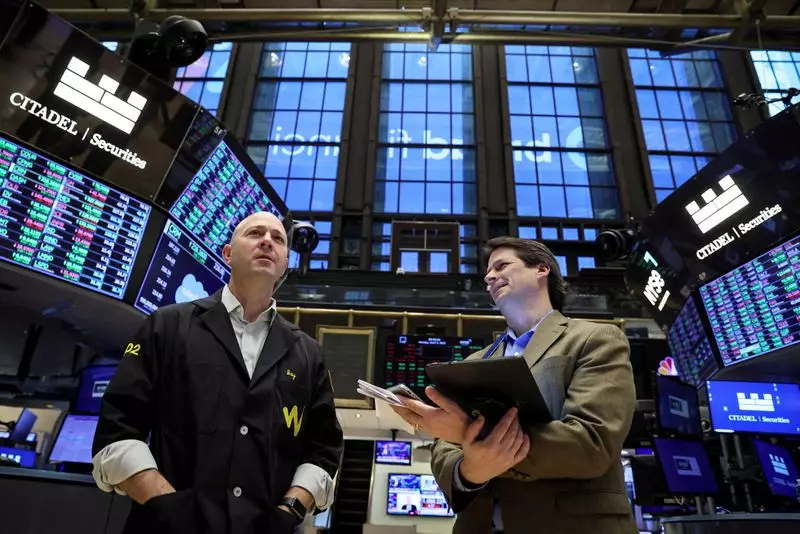The stock market experienced a notable shift on Friday as the Dow Jones Industrial Average closed at a record high, reflecting rising investor confidence despite a minor decline in technology stocks. The Dow managed to gain 137 points, or 0.3%, reaching an impressive closing figure of 42,313.00. This performance was primarily driven by a surge in energy stocks, which, benefitting from climbing oil prices amid geopolitical tensions, acted as a stabilizing force in an otherwise mixed market. In contrast, the S&P 500 experienced a slight decrease of 0.2%, and the tech-heavy Nasdaq Composite fell by 0.4%. These fluctuations indicate a market environment where traditional sectors like energy are gaining ground while technology faces some headwinds.
Recent data released by the Bureau of Economic Analysis pointed to a deceleration in consumer spending growth for August, rising by only 0.2% compared to a prior month’s revision of 0.5%. This was below economists’ expectations for a 0.3% increase and marked the slowest growth rate witnessed over the past seven months. The results suggest that while consumer confidence may be stabilizing, its momentum is not uniformly strong. Moreover, household income growth also unexpectedly decelerated from 0.3% in July to 0.2% in August. Such trends may have implications for future consumer spending, which accounts for over two-thirds of economic activity in the country.
The implications of these consumer spending figures are compounded by observations regarding inflation. The Personal Consumption Expenditures (PCE) price index, closely monitored by Federal Reserve officials, rose by only 0.1% on a month-over-month basis, which is below market expectations. Year-over-year, inflation has softened to 2.2%, differing from projected figures of 2.3% or higher. When volatile categories are stripped away, the core PCE price index saw modest changes, raising questions about the broader inflation trajectory. Kathy Jones from Charles Schwab noted the trend, emphasizing that while these numbers indicate a slowdown, they do not suggest an imminent economic collapse.
Simultaneously, geopolitical tensions—particularly between Israel and Hezbollah—have contributed to the recent spike in oil prices, which invariably fuels energy sector stocks. The increase, over 2% for energy stocks on Friday, reflects this reality, revealing how external factors can significantly influence market sentiment. While the broader market appears cautious, the energy sector showcases resilience amidst these tensions, contributing to a varied but dynamic investment landscape.
As the Federal Reserve prepares for potential rate cuts later this year in response to cooling inflation and sluggish consumer growth, it’s vital for investors to adopt a strategic approach. The mixed signals from various economic indicators will likely prompt a reevaluation of portfolios. While energy stocks present an attractive opportunity amidst rising prices, technology and consumer-facing sectors may require a more cautious examination. Diversifying interests and keeping abreast of geopolitical developments will be essential strategies as investors navigate this complex financial environment. Overall, the market’s record-setting feats juxtaposed with economic caution create a compelling narrative for investors in the coming months.

